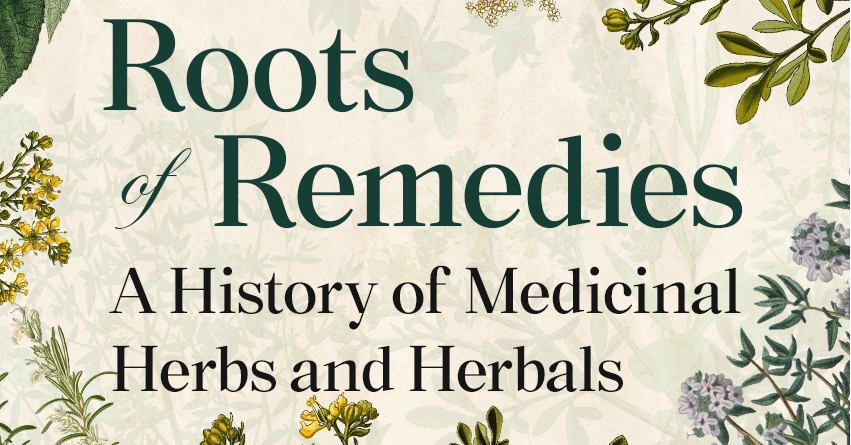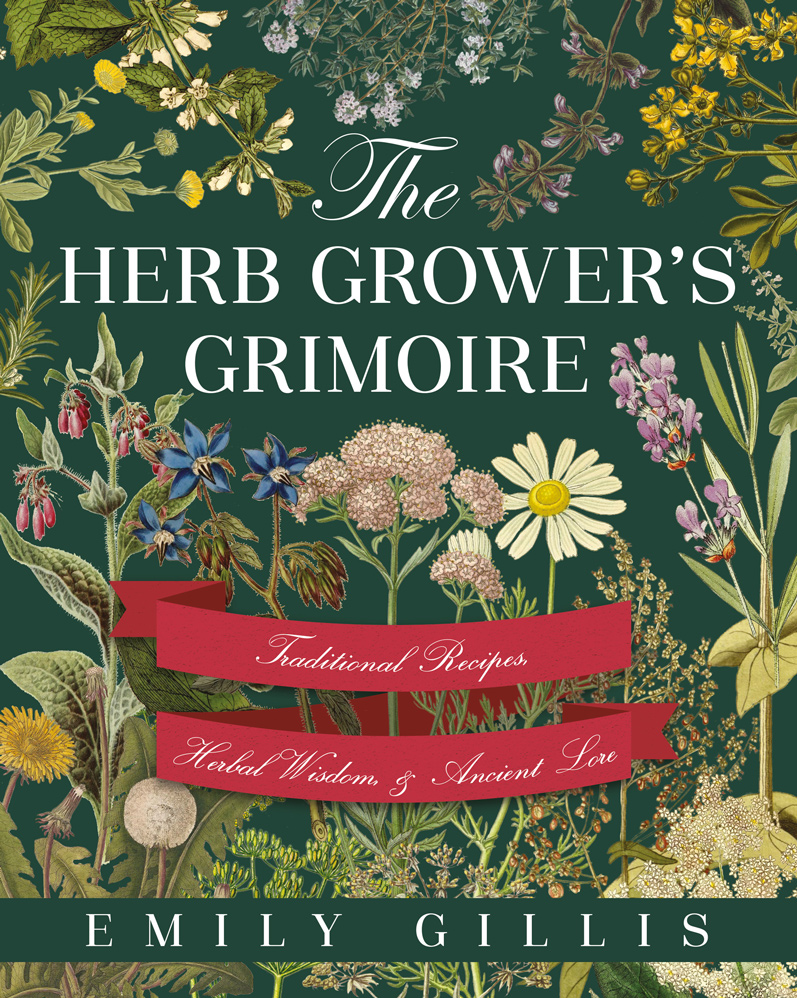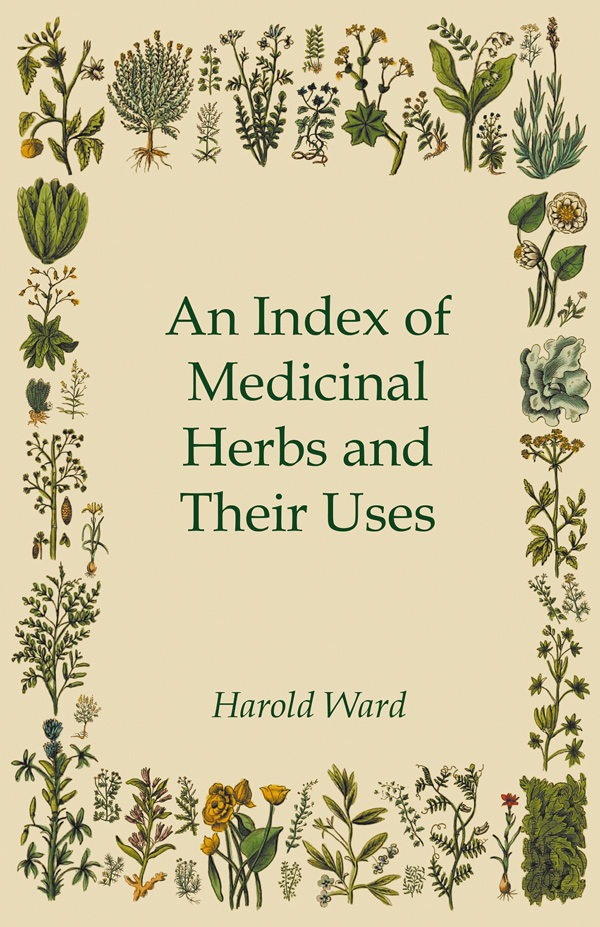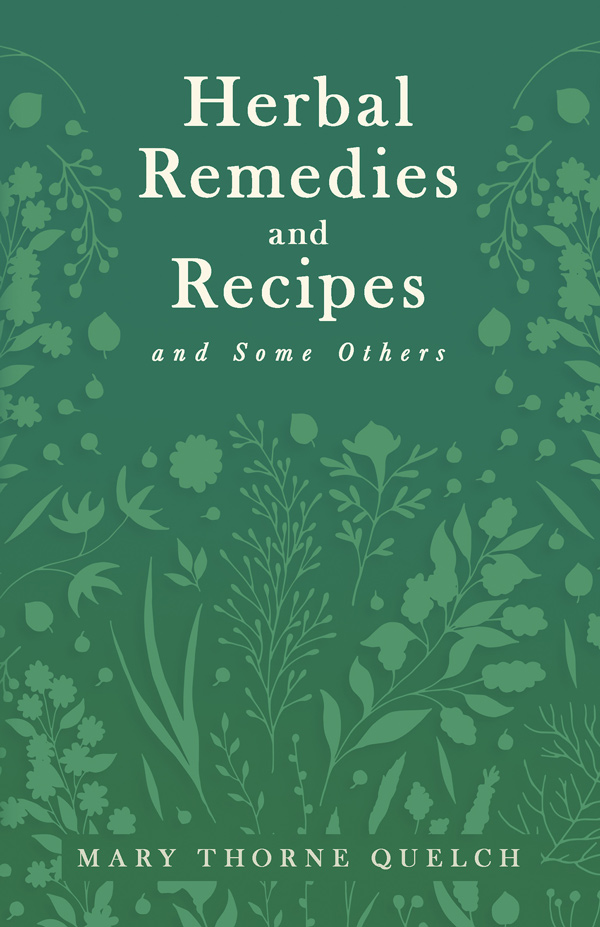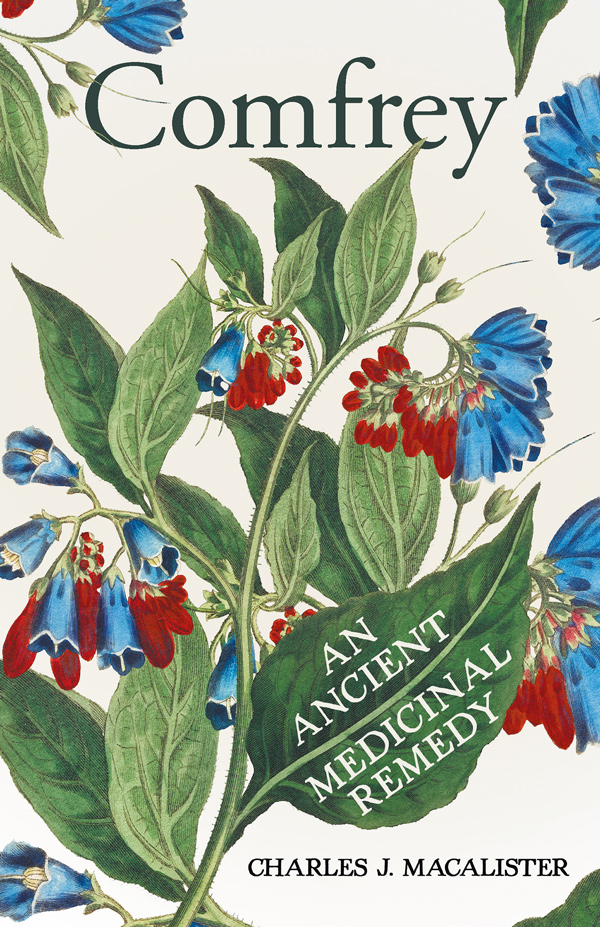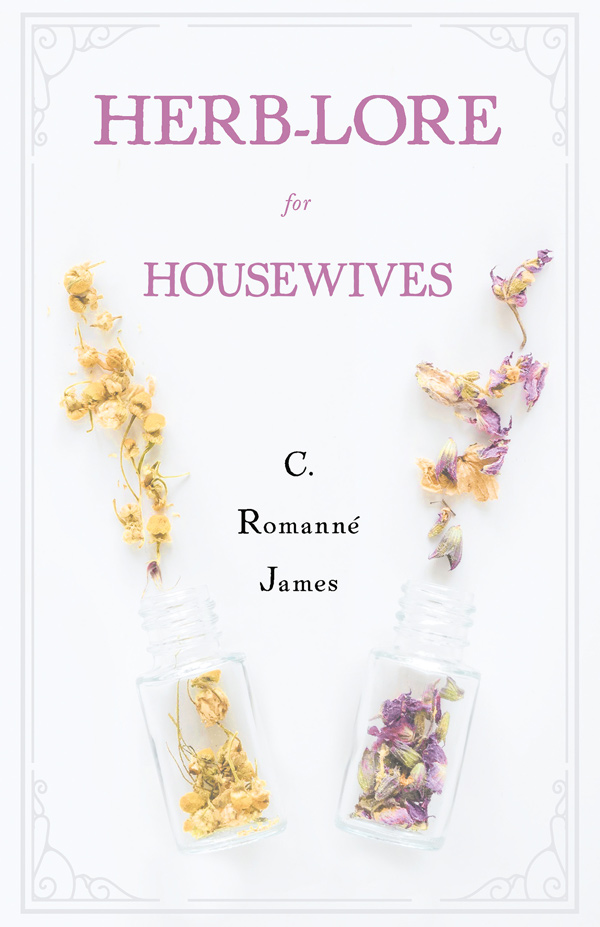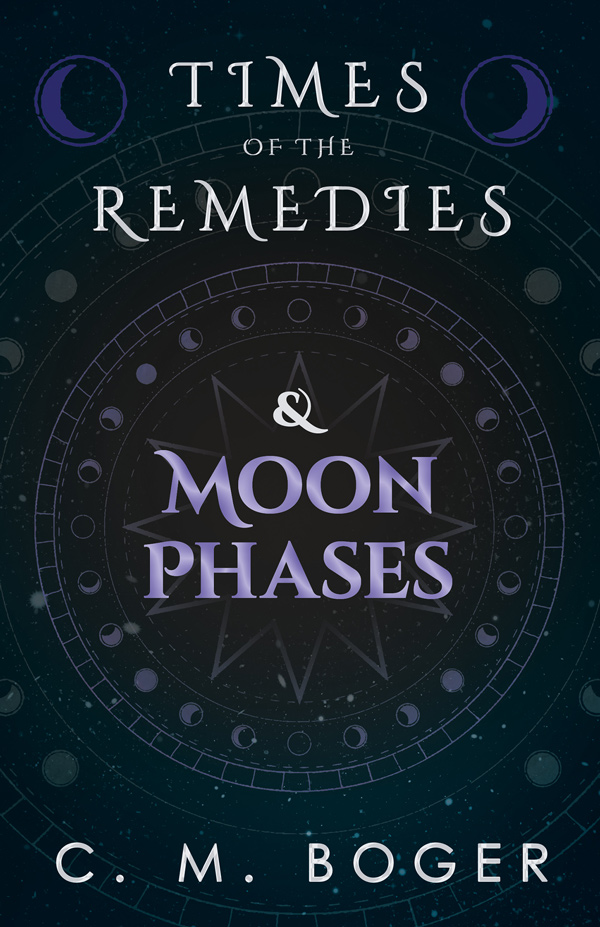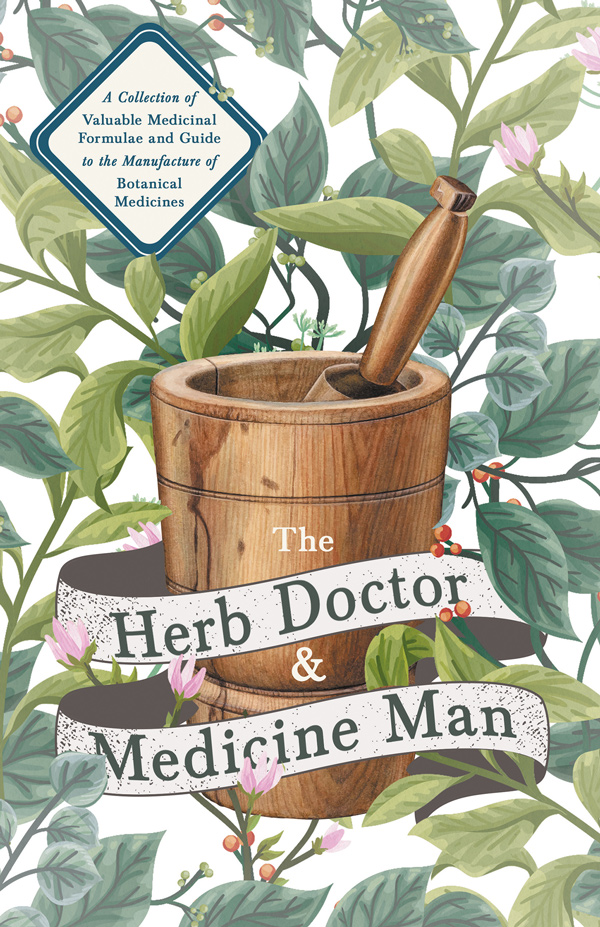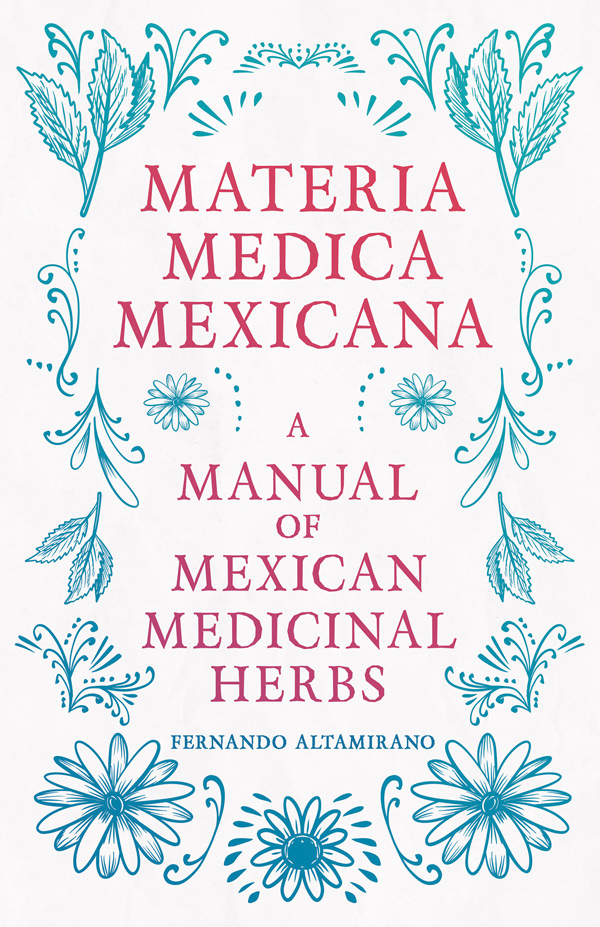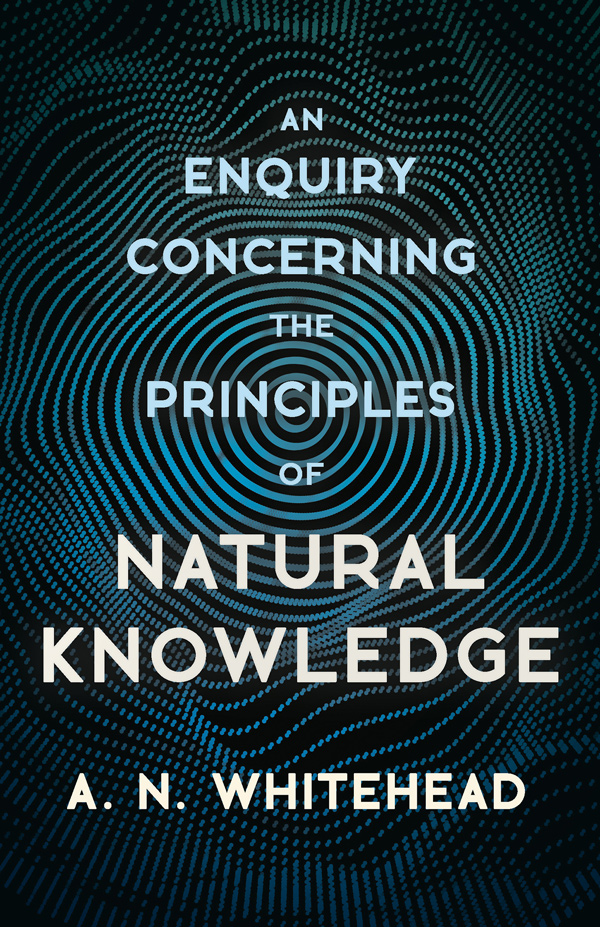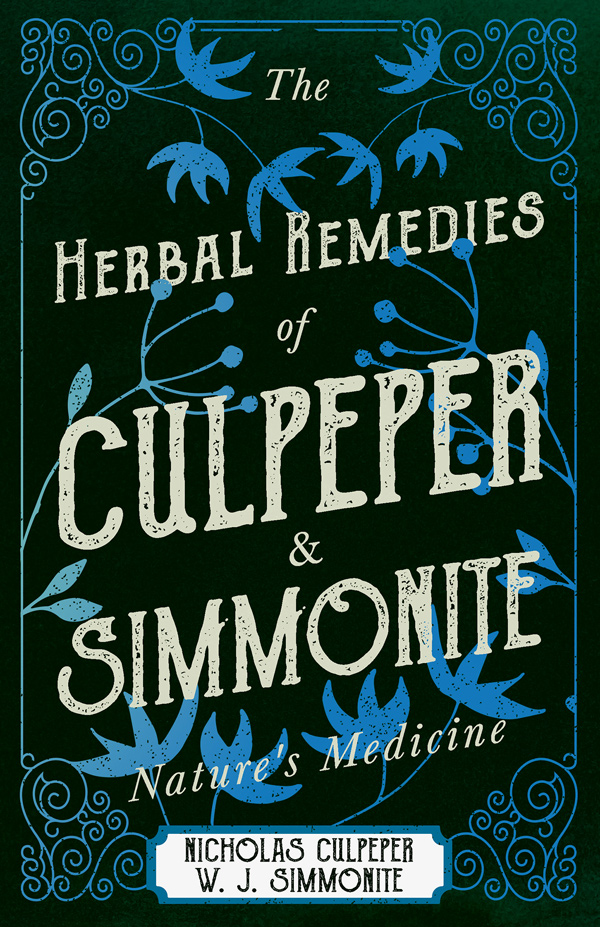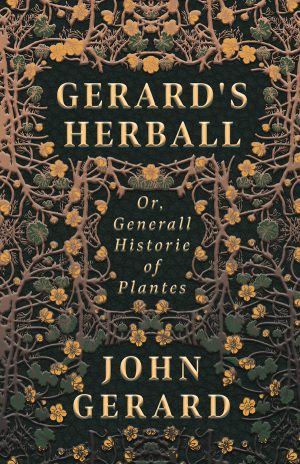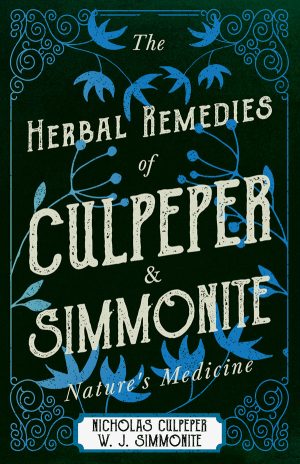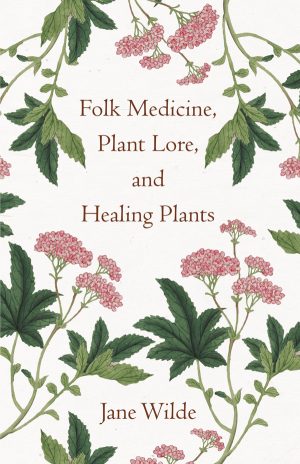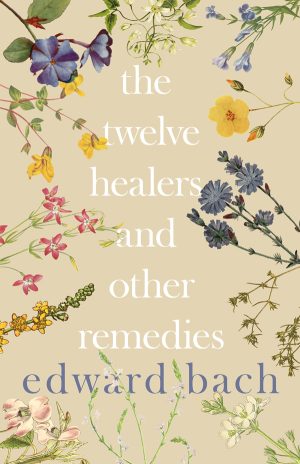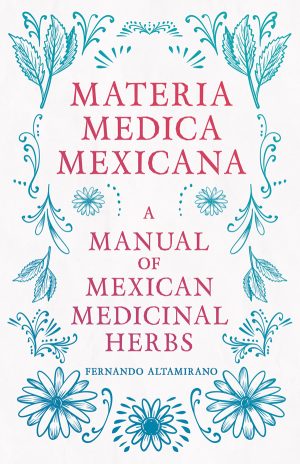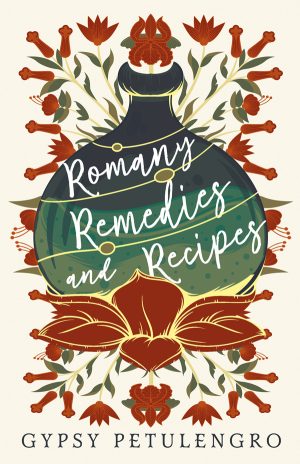Delve into the history of famous herbalists and discover ancient herbal wisdom as we discuss their influential books, exploring the origin of medicinal herbs.
For many centuries before written documents were widely circulated, knowledge about medicinal herbs and their healing properties was passed orally from one generation to another. With time, ancient civilisations, including the Egyptians, Greeks, and Romans, began to document their herbal knowledge in early manuscripts, creating some of the first herbalist texts. Through the accumulated wisdom of these ancient botanists, philosophers, and healers, herbal books gradually became a repository of botanical knowledge, medicinal insights, and cultural traditions.
A History of Medicinal Herbs and Herbals
The Origin of Medicinal Herb Books
One of the earliest herbal books is the ancient Egyptian natural medicine scroll known as Papyrus Ebers, dating back to around 1550 BCE. While the 20-metre scroll is one of ancient Egypt’s earliest and most important medical documents, the father of herbal medicine is commonly known to be a Greek physician, Hippocrates (c. 460–370 BCE). Hippocrates made many lasting contributions to the field of medicine and is commonly believed to be the first physician to credit illness and disease to natural causes rather than the gods or ill fate.
The first widespread and influential herbal text was De Materia Medica (c. 65 CE), recorded by famous herbalist Pedanois Dioscorides (c. 40–90 CE). The Greek physician’s work eclipsed that of Hippocrates and solidified him with a lasting legacy as the most prominent writer of herbal remedies.
Pliny the Elder’s Natural History (c. 77–79 CE) is another vital influence on our contemporary understanding of medicinal herbs. The Roman naturalist compiled his encyclopaedic collection of 37 volumes in the final years of his life, detailing much of the knowledge from his time. For example, many of these volumes, Books XX to XXIX, cover herbal medicine and plants’ magical healing properties. Meticulously compiling a remarkable list of over 900 drugs, Pliny surpasses the numbers found in Dioscorides’ work.
Ancient Herbal Remedies of Gerard and Culpeper
The Middle Ages (fifth to the fifteenth centuries) witnessed the flourishing popularity of herbal books as the interest in natural remedies increased and medicinal herbs became more accessible. Many monasteries had access to their own herb gardens where monks and nuns cultivated plants and studied their uses. This knowledge was transferred to herbal texts, becoming invaluable medical resources. The era also saw the revival of classical learning, which led to the translation and dissemination of ancient Greek and Roman texts, including the works of Dioscorides and Pliny.
John Gerard (c. 1545–1612) was an English herbalist who compiled his extensive botanical knowledge into a 1,484-page herbal text, Herball, or Generall Historie of Plantes, in 1597. Commonly referred to as Gerard’s Herbal, the illustrated book is a comprehensive guide to a wide range of native and exotic plants, with detailed descriptions of over 1,000 species. Gerard recorded the physical characteristics, growth habits, and ecological habitats of the medicinal herbs, including information on their magical properties, culinary uses, and other practical applications. His herbal played a crucial role in the development of modern botany and the dissemination of herbal knowledge in early modern England.
Another notable herbalist whose recorded observations became an essential reference for generations to come is Nicholas Culpeper (1616–1654). The English physician and herbalist made a significant contribution to herbal books through his work The Complete Herbal (1653). Culpeper’s approach to medicinal herbs was revolutionary for his time, as he sought to make his knowledge readily accessible rather than keeping it confined to medical practitioners. He ensured this by publishing his work in English rather than the traditional Latin used in medical literature. He was the first to integrate astrological correspondences, which reflected his belief in the interconnectedness of the natural world.
Natural Medicine Texts in the Victorian Era
During the Victorian era (1837–1901), medicinal herb books continued to be popular and underwent some notable developments. The period was characterised by advancements in science and technology, and herbalism began to be scrutinised through the lens of modern botany and pharmacology. There was also a revival of interest in traditional and folk remedies, and herbal books evolved to incorporate a blend of traditional wisdom and empirical research.
Culpeper’s The Complete Herbal experienced a resurgence in popularity, with his emphasis on accessibility and natural remedies resonating with the public, while there was also a wave of female herbalists producing their own herbal texts. Specifically targeting women’s health issues, these herbals often covered topics related to reproductive health, including herbal remedies for pregnancy, childbirth, and menstrual problems.
One such female herbalist was Lady Jane Wilde (1821–1896), an Irish poet, writer, and the mother of the prolific gothic writer Oscar Wilde. Lady Wilde’s Folk Medicine, Plant Lore, and Healing Plants (1887) is an indispensable herbalist guide, blending herbal folklore, ancient plant knowledge, and natural wisdom. Exploring the fascinating world of medicinal herbs and healing plants, her captivating herbal book uncovers an array of natural cures, remedies, and charms. From enchanting love potions to practical remedies for toothache and more, Lady Wilde leaves no stone unturned in her exploration of traditional healing practices.
One of the most prominent figures in recent herbal history is Edward Bach (1886–1936), best known for developing his homoeopathic rescue remedy. The British physician, bacteriologist, and homoeopath believed that emotional and mental imbalances were at the root of physical illness and sought to address these imbalances through the use of herbal medicine. He developed a system of healing called the Bach Flower Remedies, which consists of 38 different flower essences. Each essence is believed to address specific emotional and psychological imbalances, promoting harmony and well-being. He detailed the properties and uses of the first twelve remedies in his famous work, The Twelve Healers and Other Remedies (1933). The Bach Flower Remedies continue to be widely used and are considered a key part of the holistic healing tradition.
Vintage Herbal Books from Around the Globe
The history of herbal books spans cultures and civilisations around the world. They have played a crucial role in shaping the field of herbal medicine and continue to be valuable resources for those interested in natural healing and traditional remedies. Islamic scholars made significant contributions to herbal medicine, including Persian physician and philosopher Ibn Sina (Avicenna), who wrote The Canon of Medicine (1025) during the Islamic Golden Age. The comprehensive five-volume medical encyclopaedia includes extensive information on herbal remedies, still influential in both Eastern and Western countries.
Fernando Altamirano published his extensive guide to the medicinal plants found in Mexico in 1878. A perfect guide to alternative healing methods for those interested in botany and medicine, Materia Medica Mexicana details the various names and habitats of medicinal herbs, exploring their appearance, characteristics, and chemical composition.
A collection of herbal remedies and traditional healing practices from the traditional Romany community titled Romany Remedies and Recipes was published in 1935, detailing the herbal recipes handed down through the generations. Xavier Petulengro, a British Romanichal horse trader, recorded his family’s herbal healing remedies under the pseudonym Gypsy Petulengro. Featuring remedies for sickness, ointments for animals, and advice on fishing and poaching, his volume contains traditional Romany family secrets.
Natural Remedies and Medicinal Herbs in the Contemporary World
In recent times, the resurgence of interest in natural healing and alternative medicine has brought herbal books back into the spotlight. Contemporary authors and herbalists continue to contribute to the vast repertoire of herb books, blending traditional knowledge with modern scientific insights and practical applications. The history of herbal texts and medicinal herbs stands as a testament to the enduring fascination with nature’s healing gifts. Herb books remain essential companions as we continue to explore the mysteries of the Earth’s most enchanting plants and their transformative powers.
Our beautifully illustrated volume, The Herb Grower’s Grimoire, transcends time by bringing centuries of herbal knowledge to your fingertips. In a collection of herbal legends, charms, recipes, remedies, and hands-on growing advice, this anthology reveals the botanical magic and medicinal virtues of thirty garden herbs. Unearthing wisdom from the ancient writings of Pliny the Elder and Dioscorides and the esteemed works of John Gerard and Nicholas Culpeper, this unique volume provides insight into the rich history of herbalist practice.

